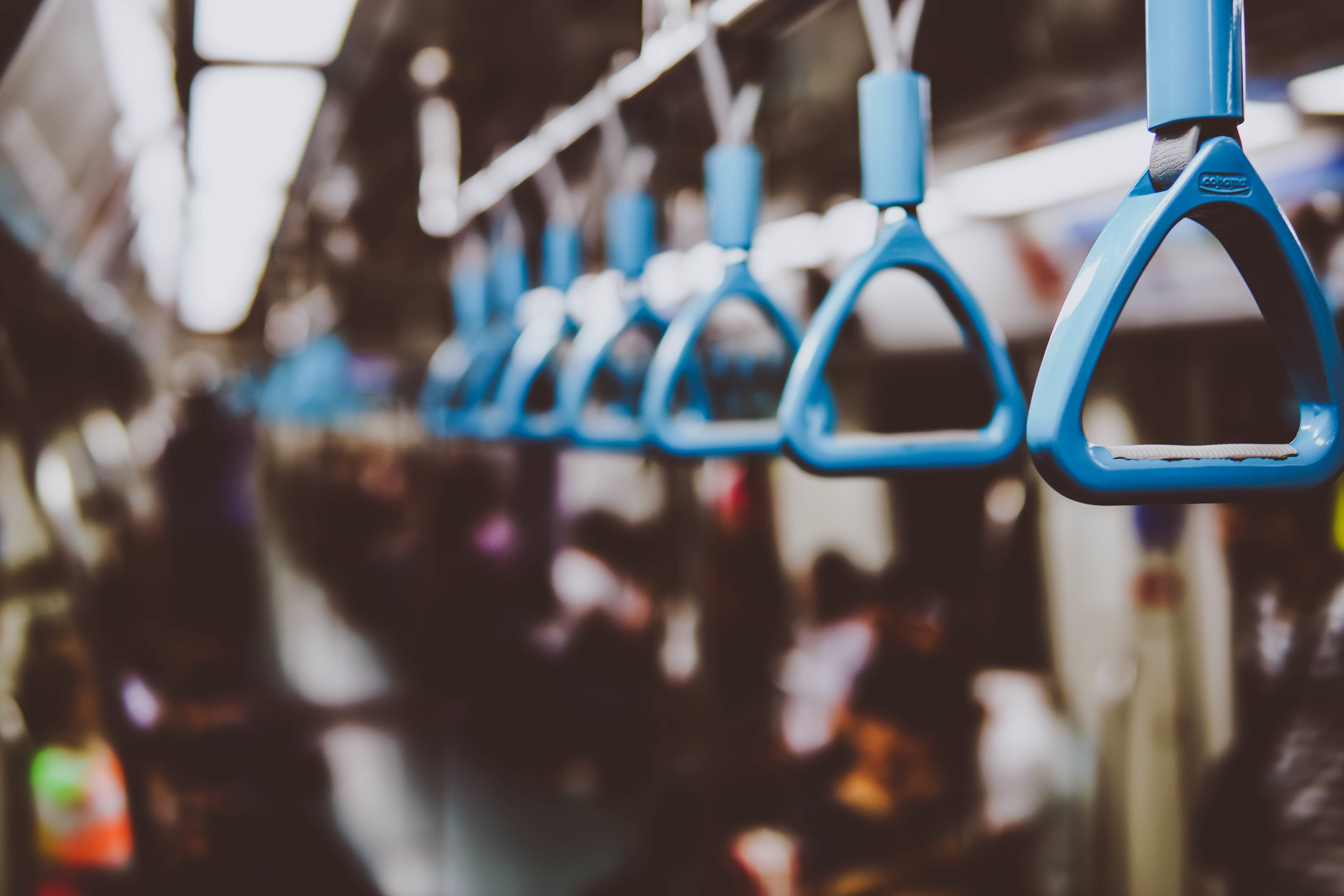How Transportation Infrastructure Impacts Your Daily Life

The latest Global Enabling Trade Report reveals that the Asia and Pacific region is performing quite well in relation to building the necessary “pillars” to better engage in International Trade. Countries in the region that have climbed up the Index include Thailand, Vietnam, Cambodia, Lao PDR, and a few other bigger economies. Yet despite the growth of international trade in some regional economies, globalization is still inaccessible to a large part of the world. While many factors have been known to contribute to this inaccessibility, a country’s transportation infrastructure has a significant influence on its ability to engage in domestic and international trade. For businesses operating domestically and internationally the logistics costs involved in running their business can vary significantly depending on the quality of the country’s transportation infrastructure. This includes things like inland transport, ocean transport, inventory costs, storage costs, etc. However, the impact of good transportation infrastructure investments, which ultimately affects the efficiency and timeliness in the movement of goods and services, also impacts citizens in a country. Since transportation is very much intertwined in our daily urban lives, we often overlook some of the benefits of having access to good transportation. These can translate into:
Valuable time saved
For most citizens in big Asian cities, the reality of terrible traffic jams and the hustle and bustle of urbanized cities are accepted as part of their daily ritual traveling to and from work, or reaching different destinations they are trying to get to. However, with governments forced to deal with traffic congestion in major cities, some cities have been able to adopt the R&D, technology, and capacity to reduce this congestion and commuting time for its citizens. In a city like Bangkok for example, the introduction and expansion of the city’s rapid sky trains and underground trains have had a positive impact on commuting time for its people. People have also adapted their housing choices with the city’s improved transportation infrastructure. For one, real estate developers have chosen to build high-rise condominium and apartment buildings that provide ease of accessibility to the sky train and underground train systems. City dwellers who live in the suburbs also have access to motorways and highways that cut their travel time to and from the inner city, thereby enabling better management of congestion within the city itself.
Access to livelihood
With highly efficient transportation infrastructures, marginalized groups, like those living in rural areas and engaging in activities related to agriculture, having access to urban cities can impact their livelihood in a positive way. Countries like Thailand have faced growing challenges in labor shortages in important industries like the agricultural and fishing industries in the past few decades since it has become much easier and more attractive for youth populations to move from rural areas into urban areas to find work. However, this is not necessarily bad for the economy since these populations have been able to contribute to the country’s economy through other major growing industries. On the flip side, the existence of reliable transportation infrastructure between Thailand and Myanmar has historically meant that trade in border areas was easily accessible. But more important to the country’s labor shortages situation in these industries has been the movement of migrant workers from Myanmar into Thailand to help fill these labor gaps through border areas. This also goes for the movement of young migrant workers from Cambodia who cross borders to find work in Thailand’s fishing industries.
Lower transportation costs
With improvements and expansions in transportation infrastructures in some of Asia’s biggest cities, citizens have been able to enjoy lower personal transportation costs involved in their daily commuting. Moreover, for a city like Bangkok or Seoul, or a country like Singapore, this has also influenced people’s commuting choices and has in turn eased traffic congestions in areas that have historically been quite bad. Additionally, lowered transportation costs has both a direct and indirect impact on the quality of life of citizens and these can translate into benefits for the local and regional economy. For smaller and medium-sized businesses operating domestically, lower transportation costs can result in a better allocation of funds in running their businesses and also ease of access to new markets that they can compete in.
With governments and international organizations like the World Bank and Asian Development Bank working together to improve the region’s transportation infrastructures, the regional economy is poised to grow alongside governments’ commitment to open up and better engage in international trade and improving the freedom of movement of their citizens. While it is of course not possible to attribute the region’s economic growth to improved transportation infrastructure alone, it goes without saying that the ability to move more freely has a positive impact at the individual, community, country, and regional level and this should be the focus of policy development.